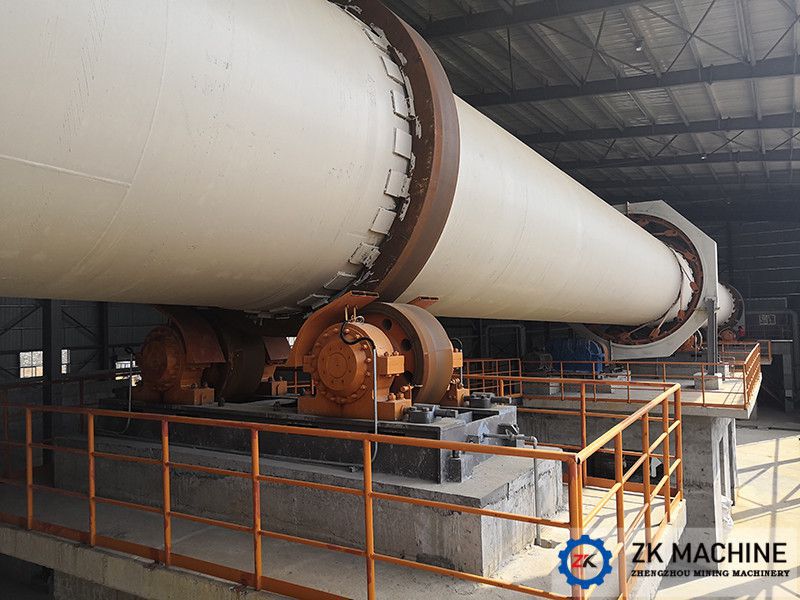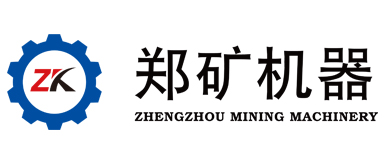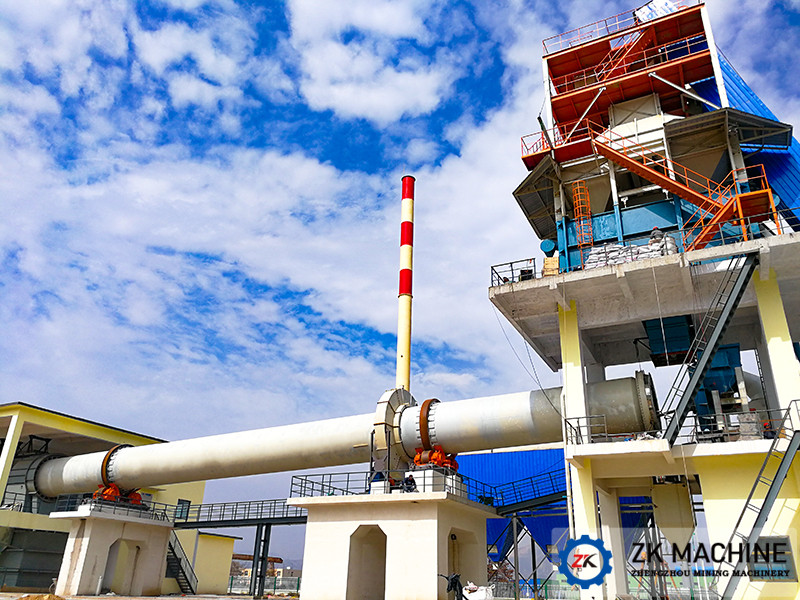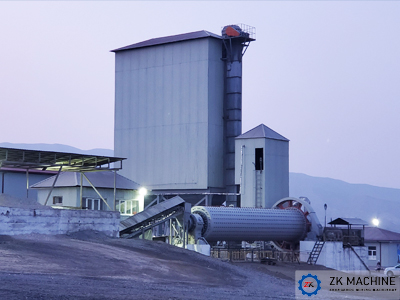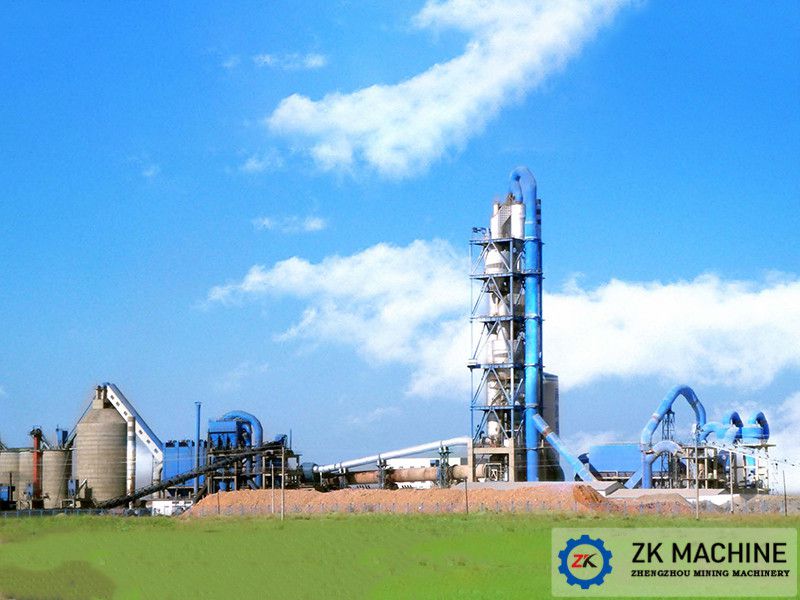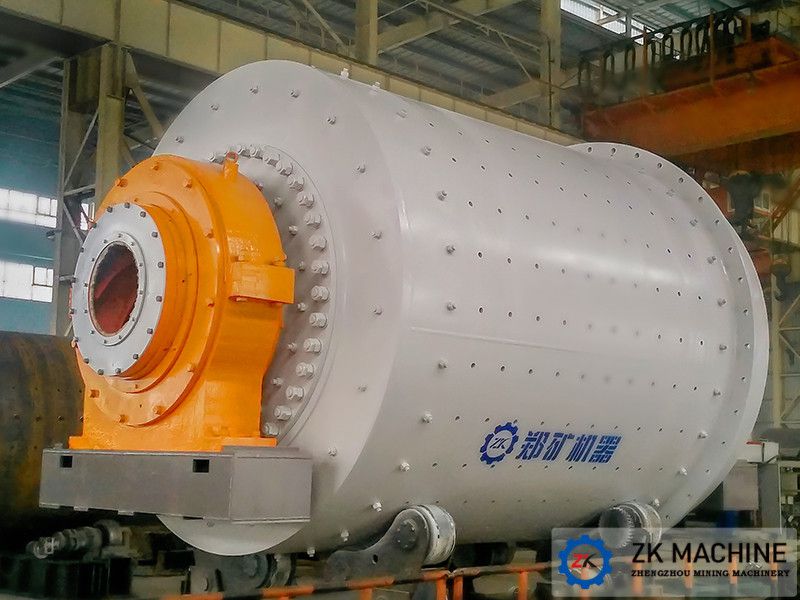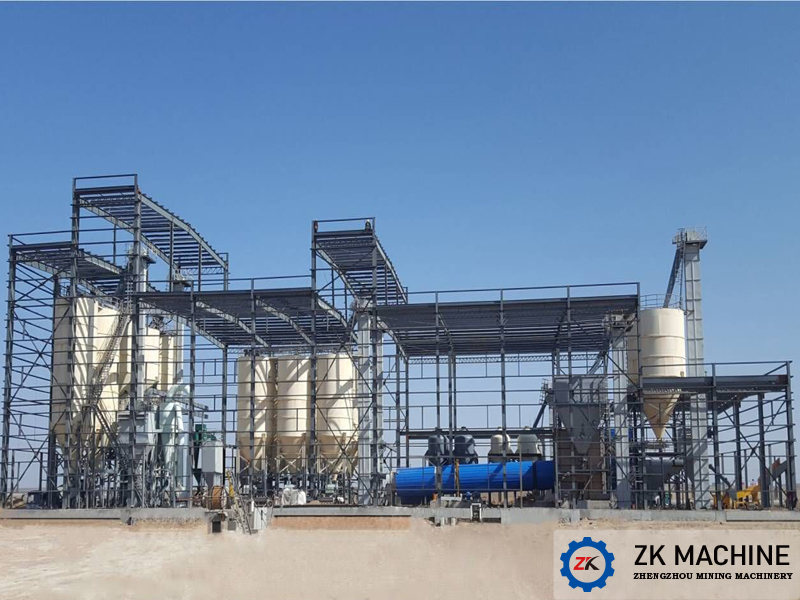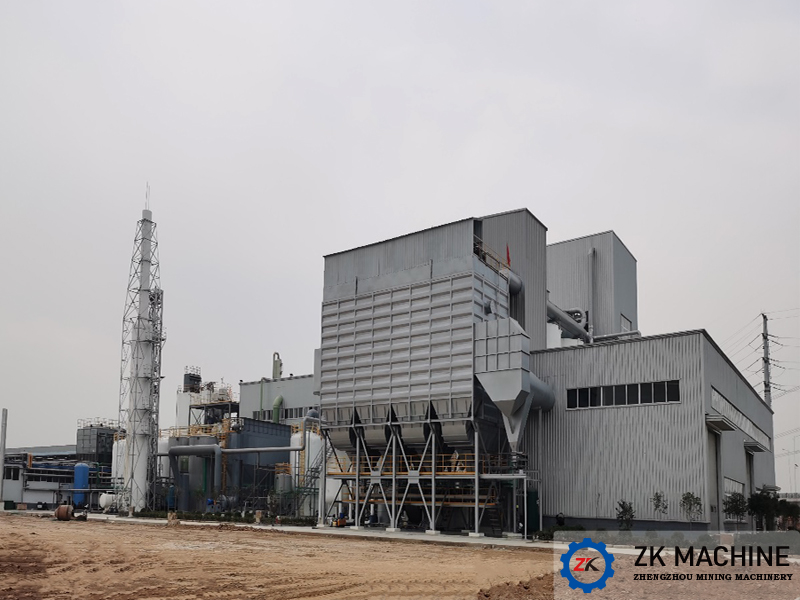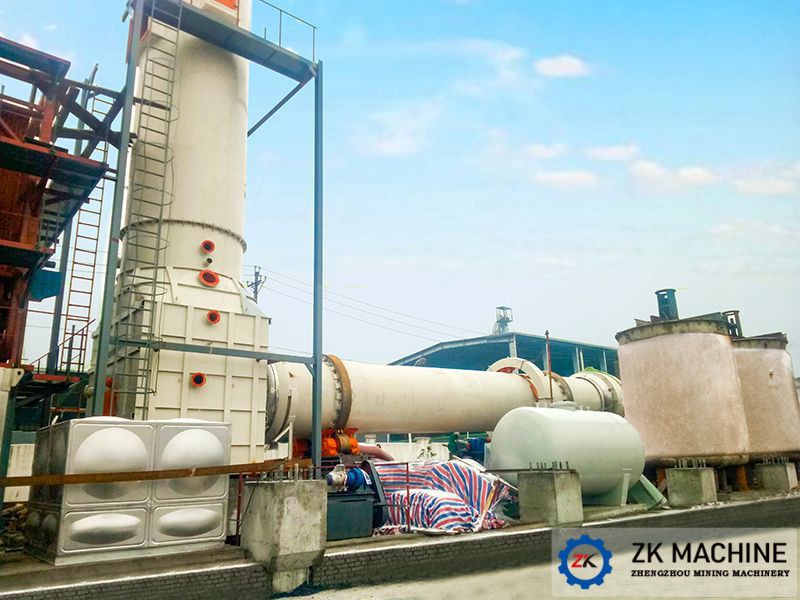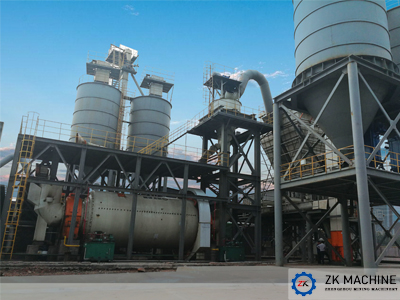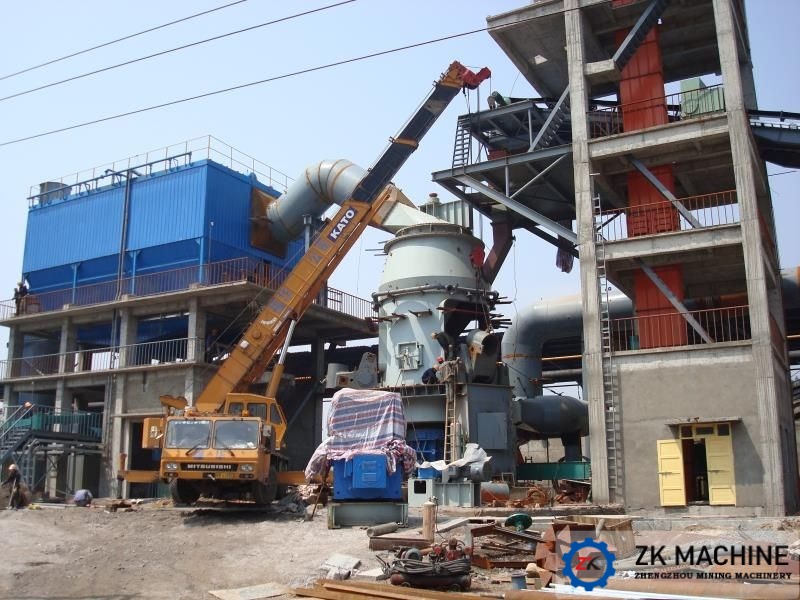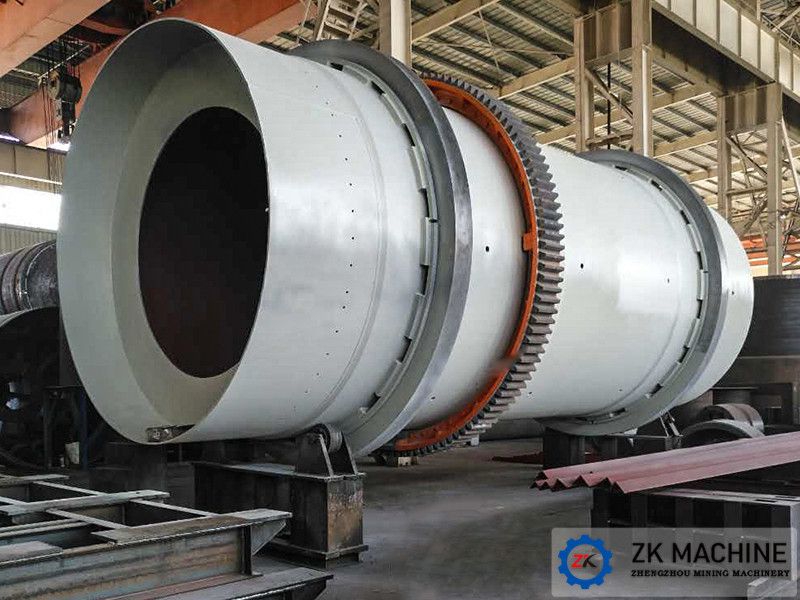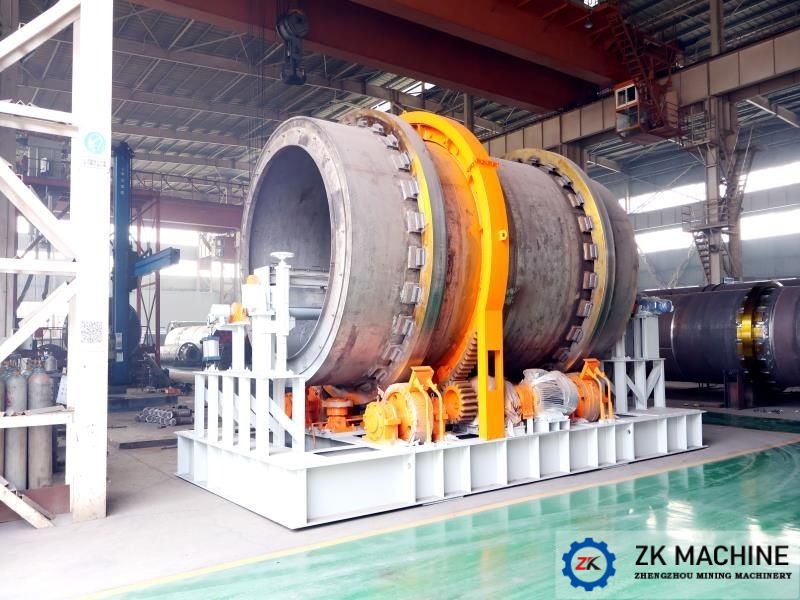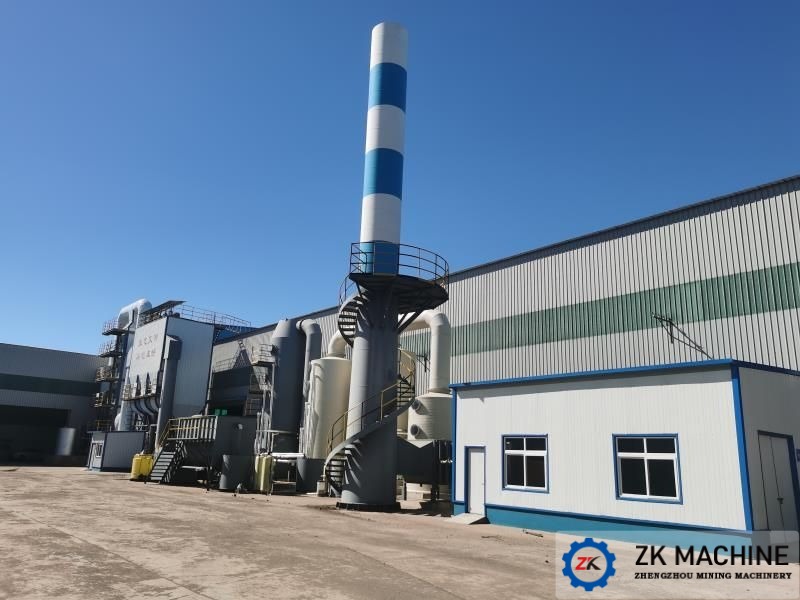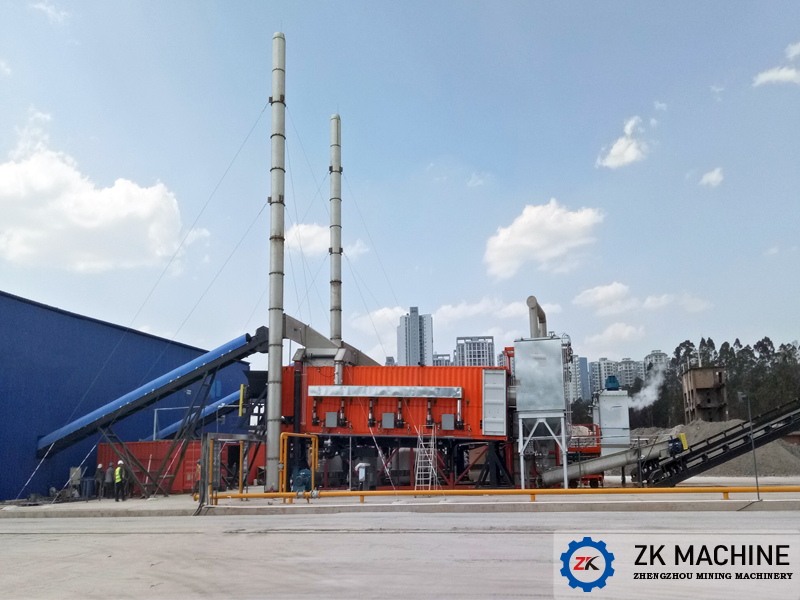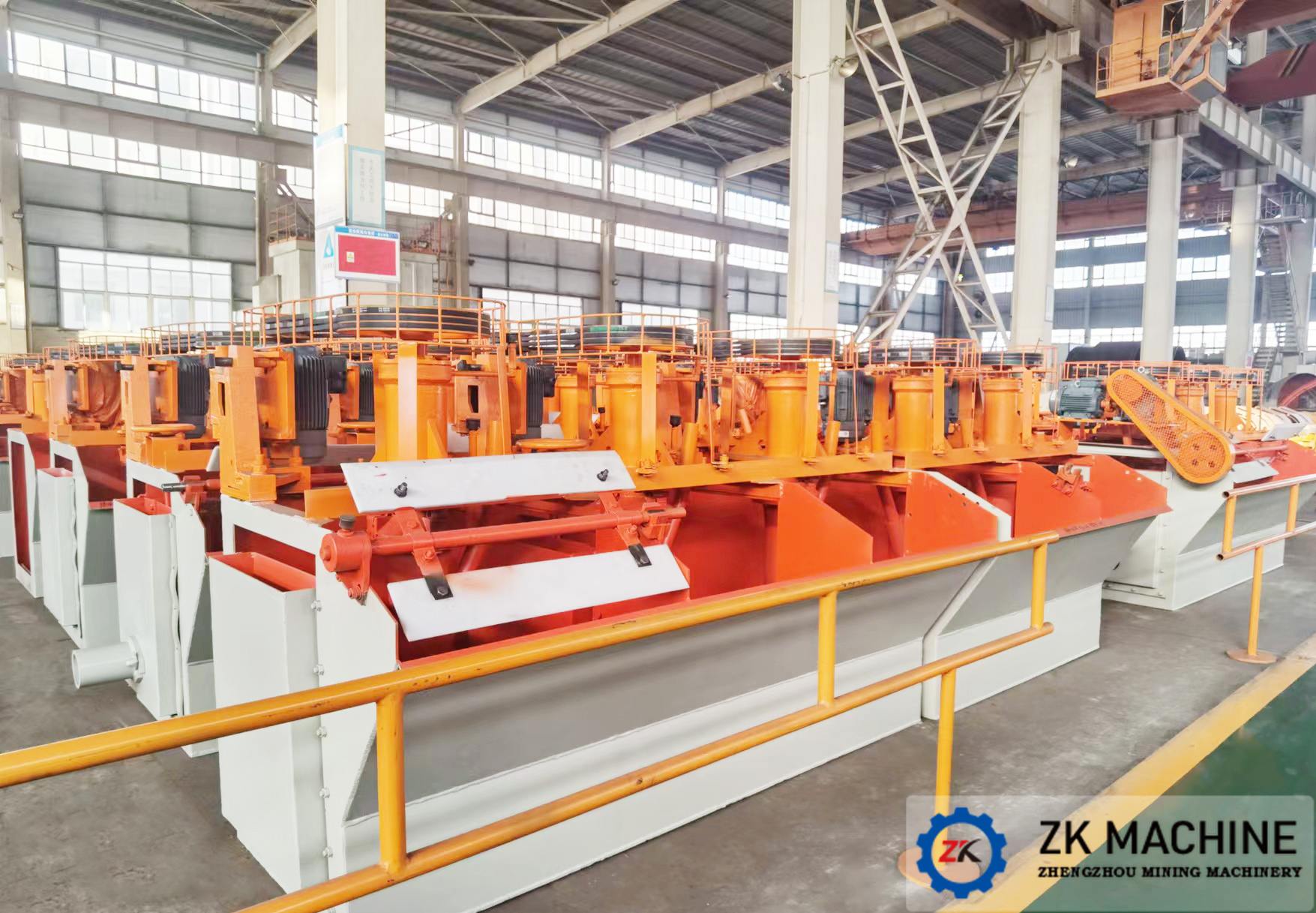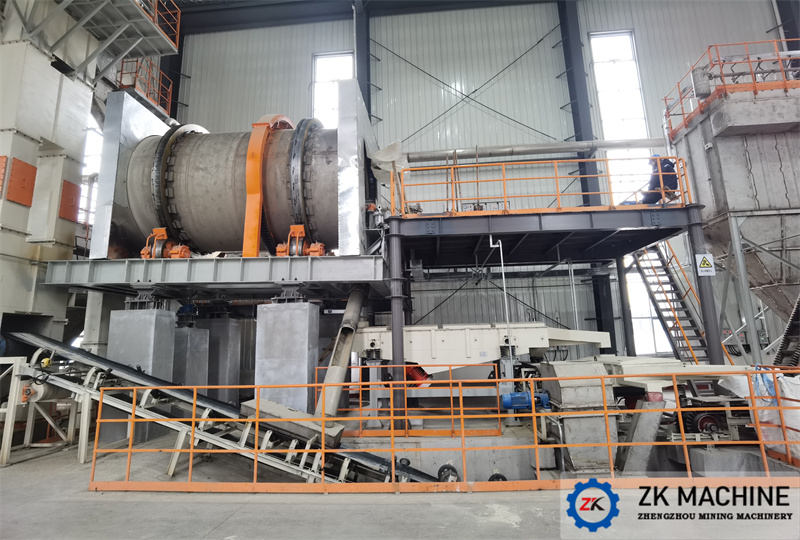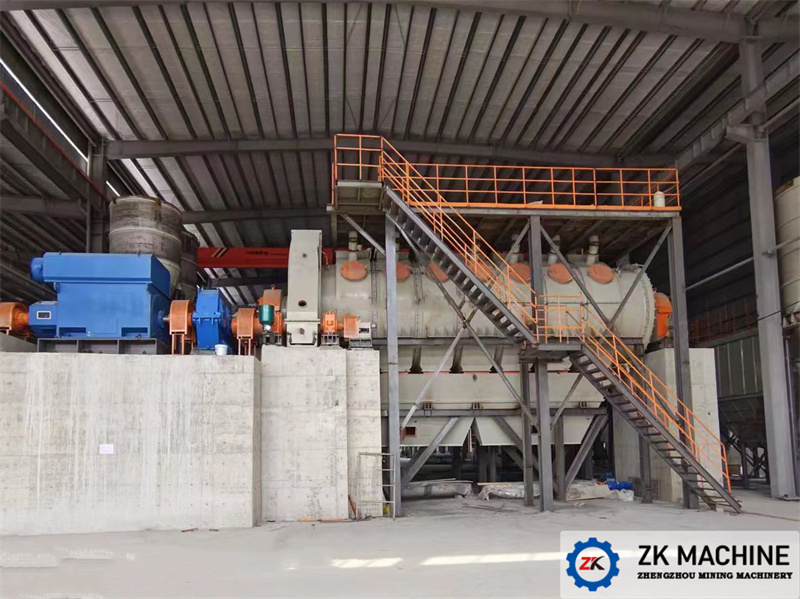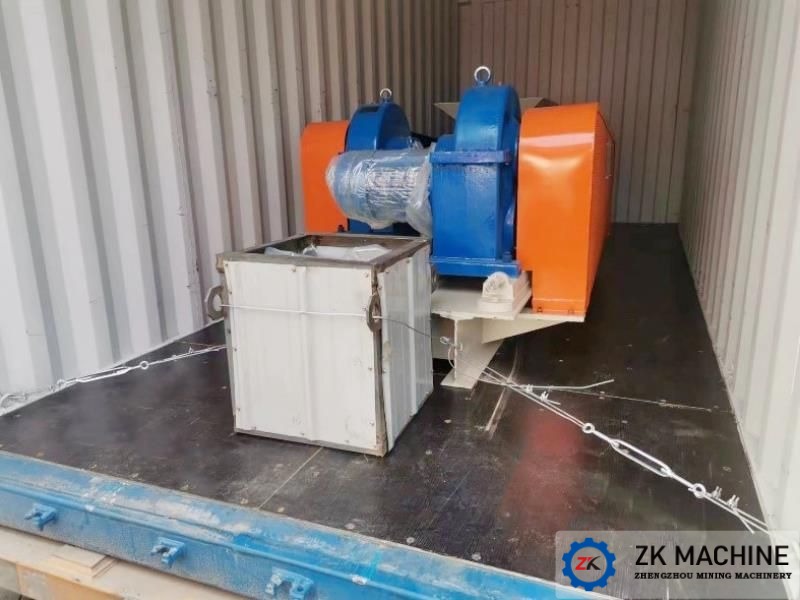Comparison of Calcined Lithium Concentrates in Rotary Kilns and Tunnel Kilns
1. The rotary kiln has continuous production and high production capacity. It is suitable for calcining in large-capacity production lines. The maximum feed capacity can be 40-50 tons/hour. At present, Ganfeng Lithium Industry, Tianqi Lithium Industry, Jiangte Electric Machinery, etc. all use large-scale rotary kilns with a diameter of about 5 meters.
2. The rotary kiln is an open calcination, and the powder can be directly fed into the kiln for calcination without the need for briquetting. The kiln body is simple, the air flow is smooth, and the flue gas can be discharged in time at the end of the kiln.
3. The lithium concentrate rolls forward evenly in the kiln, is heated evenly, has a high conversion rate, and the clinker quality is stable. Among them, spodumene is converted by more than 98% after being calcined in the conversion kiln, and the lepidolite leaching rate can reach 85%.
4. The rotary kiln uses refractory bricks for insulation, which has good energy saving. The spodumene calcination capacity is 1,200 tons, the natural gas consumption is 70 cubic meters/ton, the lepidolite calcination temperature is 900 degrees, and the natural gas consumption is 50-60 cubic meters/ton.
5. Investment: Based on an annual output of 20,000 tons of lithium carbonate, the total investment in calcining workshop equipment is 80 million, of which the rotary kiln part accounts for 30 million.
Henan Zhengzhou Mining Machinery Co., Ltd has established cooperative relationships with many companies in the industry, processing materials including lepidolite, spodumene, waste batteries, etc., and can provide customers with a complete set of project construction services including design, manufacturing, installation, and debugging, with first-class service and excellent quality, which has won unanimous praise from customers. New and old customers are welcome to visit for further consultation.
